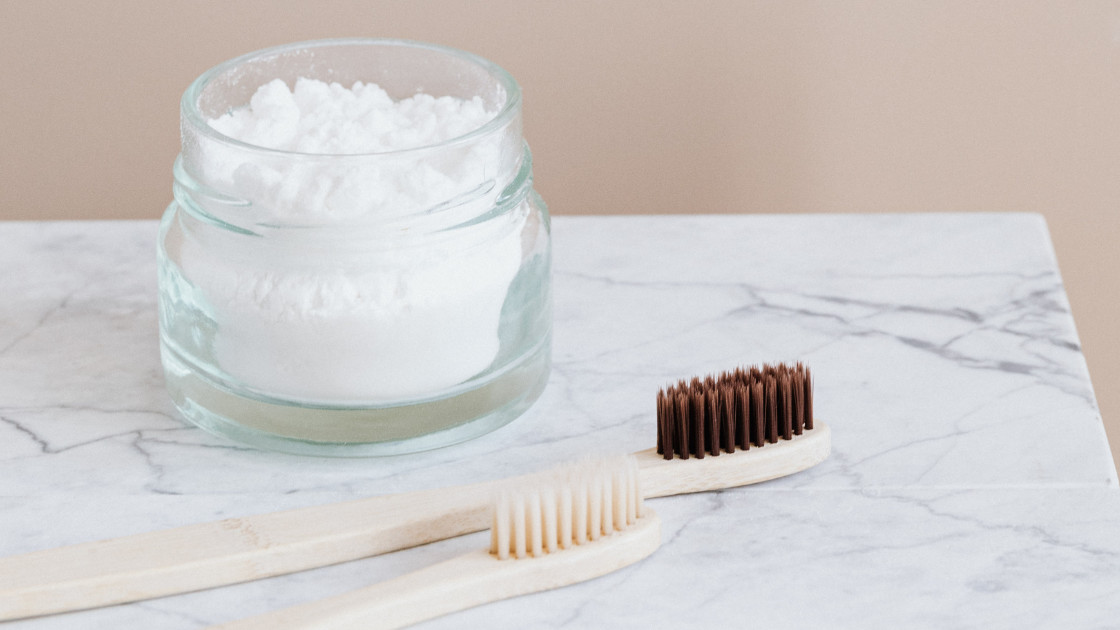In my previous post we addressed a question raised by a visitor regarding 1800s toiletries, specifically toilet paper and toilets. This got us curious…what about toothpaste and toothbrushes?
TOOTHBRUSHES AND TOOTHPASTE
It seems that people have been trying to clean their teeth for as long as we’ve had civilization. Some of the earliest recipes to make toothpaste were written by the Egyptians and Babylonians. Throughout most of history toothpaste was a powder that was rubbed onto the teeth with a frayed stick, a finger, or a cloth. The Egyptians seemed to prefer a toothpaste with lots of grit….yum. Ingredients such as charcoal, crushed burnt bone, oyster shell, sand, and pumice are common ingredients.
By 1600 BC the Chinese were selling chewing sticks from aromatic trees to clean teeth. They invented recognizable toothbrushes around the 1400’s. This consisted of bristles made from boar neck hair attached to a bone or bamboo base.
18TH AND 19TH CENTURY TOOTHBRUSHES
The first commercially produced toothbrushes were made around 1780 by William Addis in England. Toothbrushes were not exceedingly common for most of American history. It is estimated that only 1 in 4 Americans owned a toothbrush in 1920. Toothpaste was usually burnt bread mixed with spices such as cloves, salt, and vinegar.
A dentist named Peabody produced a toothpaste that contained soap in 1824. Soap was an ingredient in toothpaste until 1945. Many toothpastes during the mid-1850’s contained chalk powder. And many cookbooks contained recipes for toothpaste that involved charcoal. By about 1850 toothpaste began being sold in jars usually with labels like “Crème Dentifrice”. Toothpaste began being put into tubes by Dr. Washington Sheffield in 1890.
Amazingly, tooth care hasn’t changed too much but our technology and methods have gotten updated. So now you know something new.
The Quiet Valley Living Historical Farm blog is written by Kat Muller, as she explores and learns about the farm during her first year employed here. This blog post is part of a series answering the questions posed by visitors and oftentimes stump or puzzle the interpreters.
